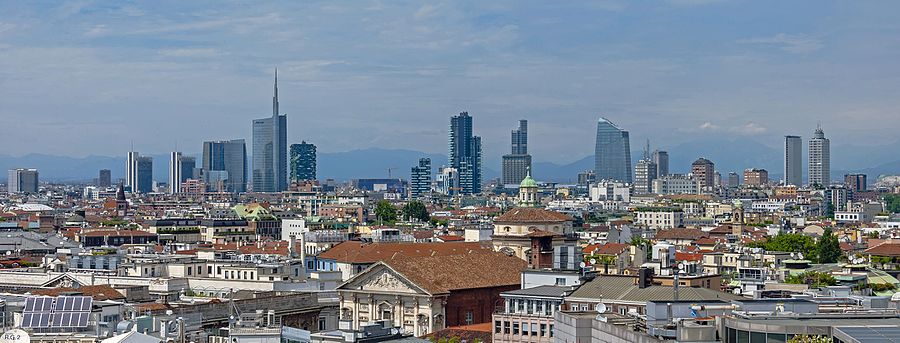Milan: The grey city is going green

Milan, the city of Italian fashion and the economic capital of the country, is known to many of its inhabitants for not exactly being a colorful and shiny place. The ashy faceless buildings, the dark color of the concrete all around and the constant fog that overshadows the sun and traps the pollution have contributed to the city’s fame as an ultimately grey metropolis. But these days people are talking about Milan because of another shade, which is fast becoming the other protagonist in the city’s color palette.
The city is “going green” in a major way to fight against climate change and improve the quality of life of its 1.4 million citizens. Local authorities have announced plans to plant 3 million trees by 2030, believing that the increase in greenery will have a positive effect on the quality of air, and consequently on the health of the people.
Such an increase in the trees' presence over the city’s soil, about a 30% expansion, could absorb 5 million tons of carbon dioxide every year while reducing PM10 small particles by 3,000 tons in the next ten years. This pollutant is responsible for respiratory disorders and has been linked to higher risks of cancer: diminishing its presence in the air that Milan’s inhabitants breathe every day would make them less exposed to health problems related to polluted air, diseases that are killing more people every year all over the world, as the planet struggles with climate change and extreme pollution.
Probably the biggest impact this project will have is on temperature. Milan’s climate is really humid, it can be tropical during summers and generally the temperature can be up to 6 degrees Celsius (10.8 Fahrenheit) higher than nearby areas. The city lies at the feet of the Alps, a barrier that stops the winds from the North to clear the metropolis’ polluted air. A fog of smog then traps the warmer air, causing higher temperatures than in the rest of the valley.
To live up to the plan, it will be necessary to plant 25,000 new trees every year for the next 12 years. According to Italian media, the city’s authorities are planning to create 20 new urban parks, to extend the already existing ones and to make the most out of discarded areas like an abandoned freight railway network which will be turned into seven parks. Trees will also be planted in more than 2,000 schoolyards and in private gardens, parking lots will be reconverted into parks and greenery will be also planted on flat rooftops, with 10 million square meters already fit for the project.




